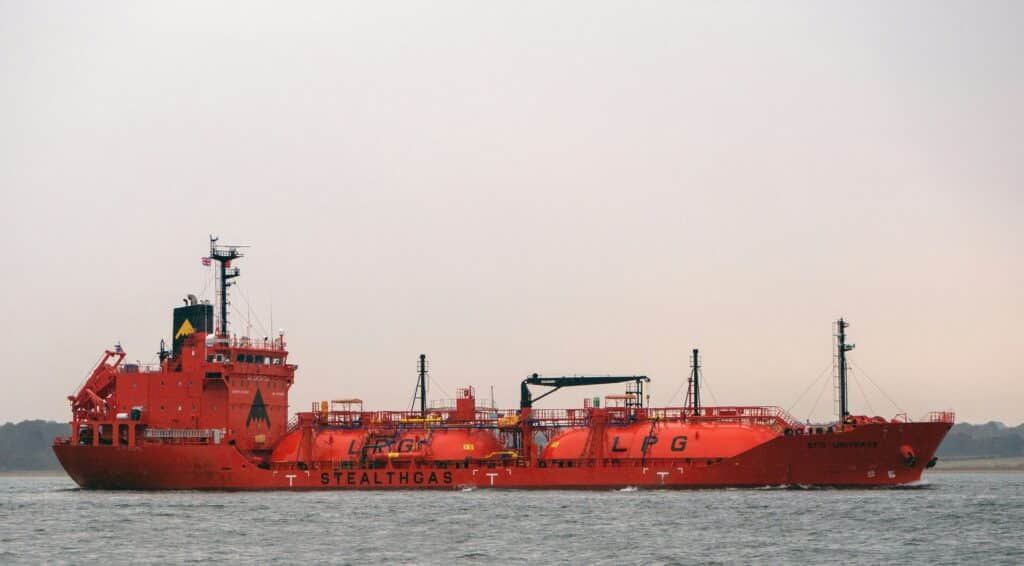FSR Topic of the Month: Renewable Gas #3
Written by Maria Olczak and Andris Piebalgs
In the 2012 assessment of the biogas development potential in Europe, Floris van Foreest concluded:
“Although at present unlikely, the high market penetration scenario should be re-evaluated in five years’ time when there is more clarity on whether the promise of biomethane is substantiated by a dramatic growth in digesters and upgrading plants and forecasts on gasification are further backed by more field experience”[1].
As we just rang in 2018, it is the right moment to look back and examine how the renewable gas market changed over the course of the last five years, and what it could potentially mean for the ongoing discussion on the future role of gas. Due to its limited size, this article focuses on the main trends in biogas and biomethane production that can be observed based on the available data[2].
First, in terms of volumes, the EU biogas primary energy production grew over the course of the last few years and reached 16.1 Mtoe in 2016[3], compared to 10.1 Mtoe in 2011 (59% increase)[4]. However, the pace of growth shows a declining trend since 2011 (22.4%, 17%, 14.3%, 7.3%, 4.2% and 3%). This can be explained by the introduction of regulatory changes in key biogas producing countries – mainly Germany, Italy and the UK, which set the limits on the use of energy crops in biogas production and established less favorable biogas electricity payment conditions. For example, the EEG 2012 law change in Germany introduced a cap on the use of corn as a feedstock at 60%[5]. However, Germany, the UK and Italy were, and continue to be, the biggest biogas producers in the European Union.
Secondly, almost three quarters of biogas in the EU (74.1%) is currently produced via anaerobic fermentation (methanisation of non-hazardous waste or raw plant matter)[6]. It is an increase of 17.4% since 2011. The other sources are landfill biogas and wastewater treatment plants. In fact, the latter solution is more popular in countries such as the UK, France, Spain, Portugal, Finland, Greece, Ireland and Estonia, where agricultural and industrial methanisation is more novel. The production of synthetic biogas (via thermal processes) remains insignificant.
Thirdly, electricity and heat production (including via cogeneration) are by far the most common form of biogas recovery[7]. In fact, the biogas electricity production almost doubled between 2011 and 2016 (35.9 TWh in 2011 compared to 62.5 TWh in 2016). This is mainly the result of the specific construction of the majority of support systems that offer premiums for electricity produced from biogas.
Finally, the increase of biomethane injection is another significant market trend. According to Biomethane Observatory, there have been some 480 biomethane production plants spread across 9 European countries in 2016[8]. The biggest growth has been observed in 2015, when it reached 20%. What is common among the observed countries is that all of them adopted at least one of the four support mechanisms targeting the biomethane injection: feed-in tariffs, grid injection priority, grants for installations construction and guarantees of origin or renewable gas quotas[9].
Based on the recently launched European Biomethane Map[10], most of biomethane plants have been located in Germany, the UK, Sweden, Switzerland and France. Only in 2016, in total 30 additional biomethane units have been constructed in Germany, Sweden, and France.
To conclude, despite steady growth in recent years, renewable gas accounts only for 4% of the EU gas market[11]. The evidence shows that the ‘promise of biomethane’ has not been substantiated yet. One thing is sure, if the current status quo is to change significantly, the support for renewable gas should not be left solely at the discretion of the Member States.
[1] Floris van Foreest, Perspectives for Biogas in Europe, Oxford Institute for Energy Studies, NG 70, December 2012, p. 44.
[2] Power-to-Gas with ca. 40 demonstration projects across Europe is out of the scope of this article. The map of PtG demonstration projects in Europe is available at: <http://www.europeanpowertogas.com/demonstrations> (consulted on 22/02/18).
[3] Biogas Barometer 2017. EurObserv’ER, 2017. Available at: <https://www.eurobserv-er.org/biogas-barometer-2017/> (consulted on 22/02/18).
[4] Biogas Barometer 2012. EurObserv’ER, 2012. Available at: < https://www.eurobserv-er.org/biogas-barometer-2012/ > (consulted on 22/02/18).
[5] The Renewable Energy Sources Act (2012). For more information visit: http://www.bmel.de/SharedDocs/Downloads/EN/Publications/EEG-Amendment2012.pdf?__blob=publicationFile
(consulted on 26/02/18)
[6] Biogas Barometer 2017, op. cit., pp. 3-4.
[7] Ibid., p. 4.
[8] Observatoire du biométhane : Le benchmark 2017 des filières européennes. September 2017. Available at: <http://france-biomethane.fr/observatoire-sia-partners-2/ > (consulted on 22/02/18).
[9] Ibid.
[10] GIE – EBA Biomethane Map, version: January 2018. Available at: < http://www.gie.eu/index.php/maps-data/bio-map> (consulted on 22/02/2018).
[11] Frédéric Simon, Gas lobby chief: ‘In 2050, 76% of gas could be renewable’, Euractiv Special Report, 25-30 October 2017.







